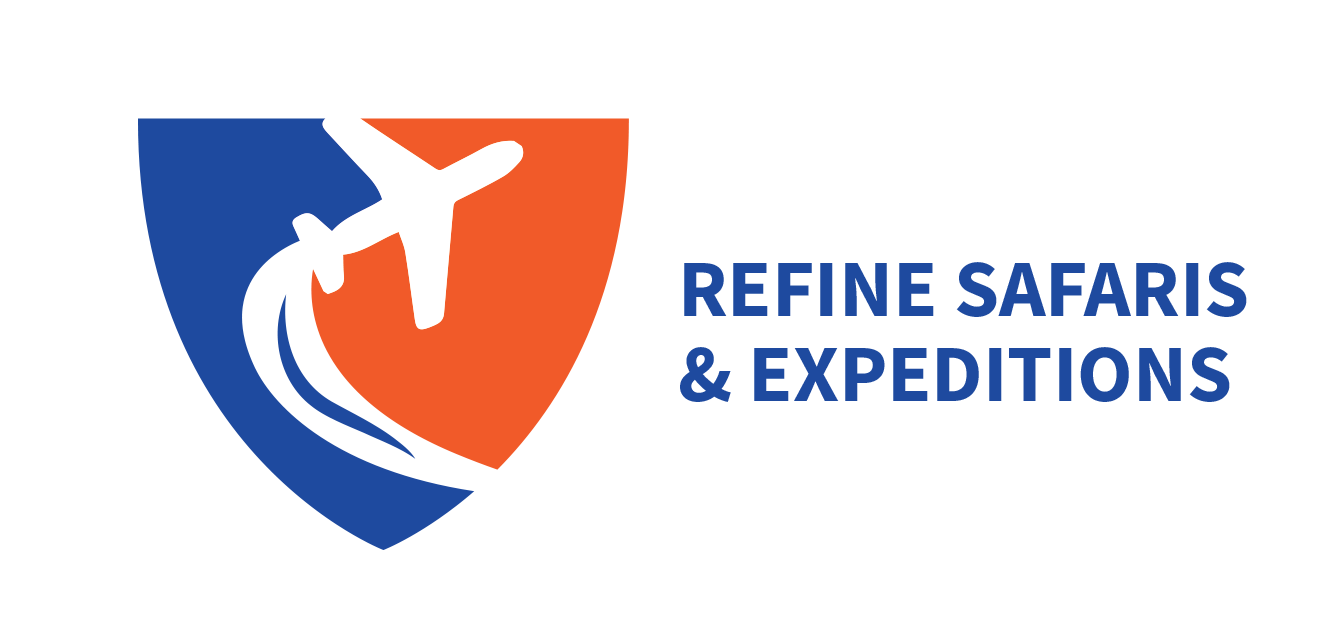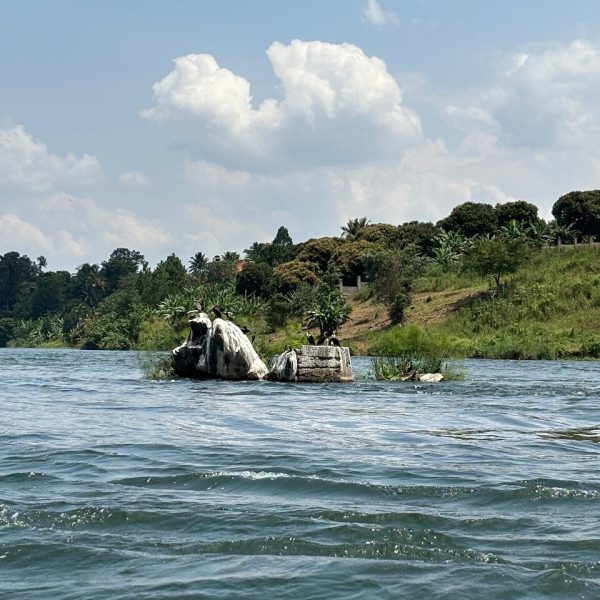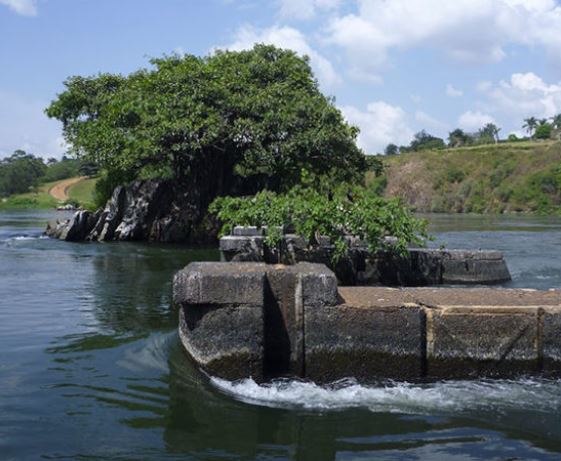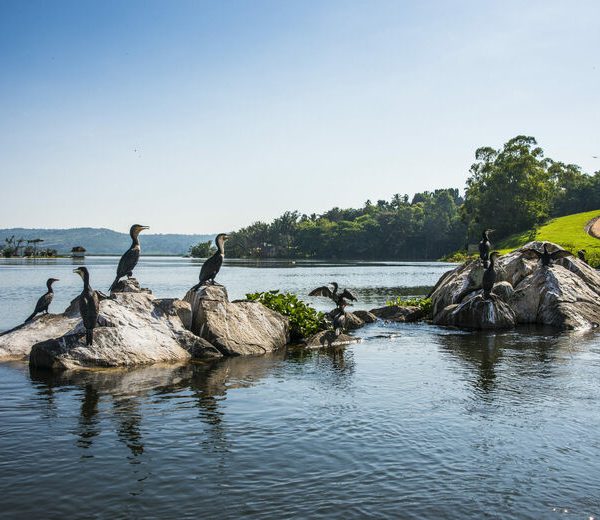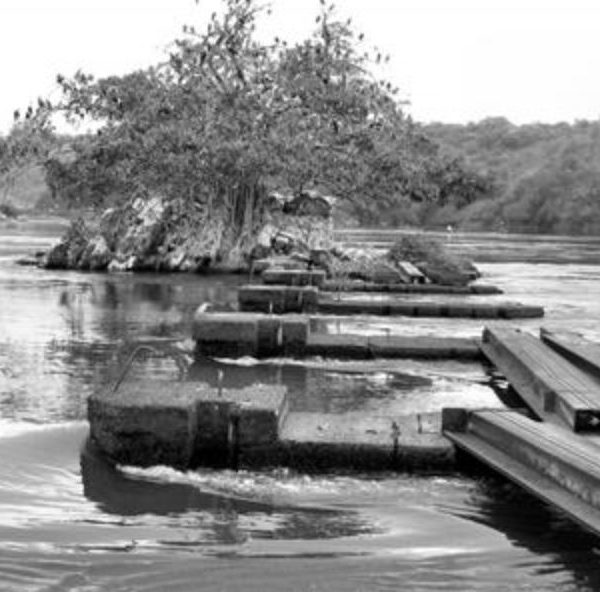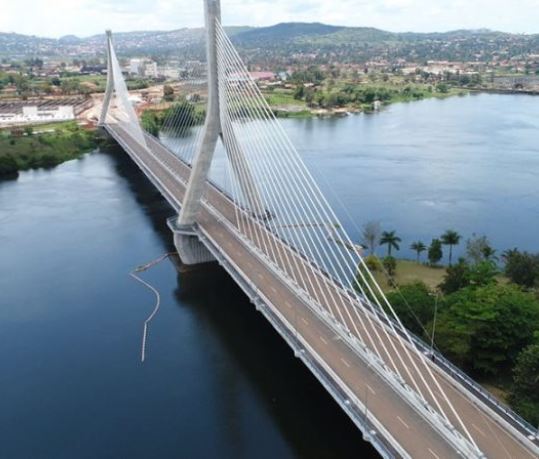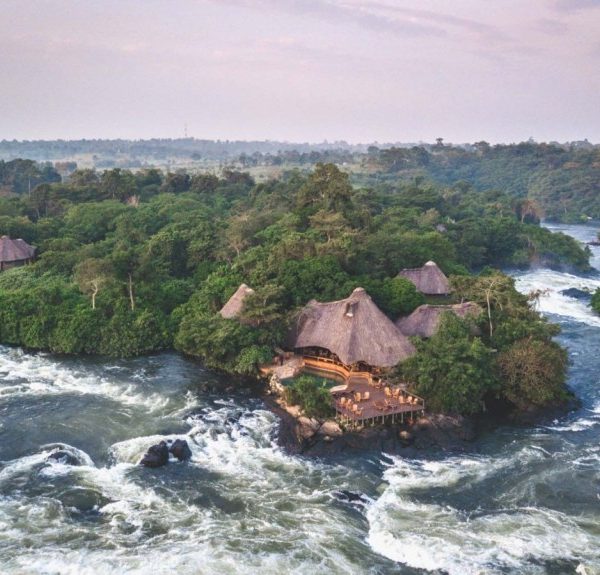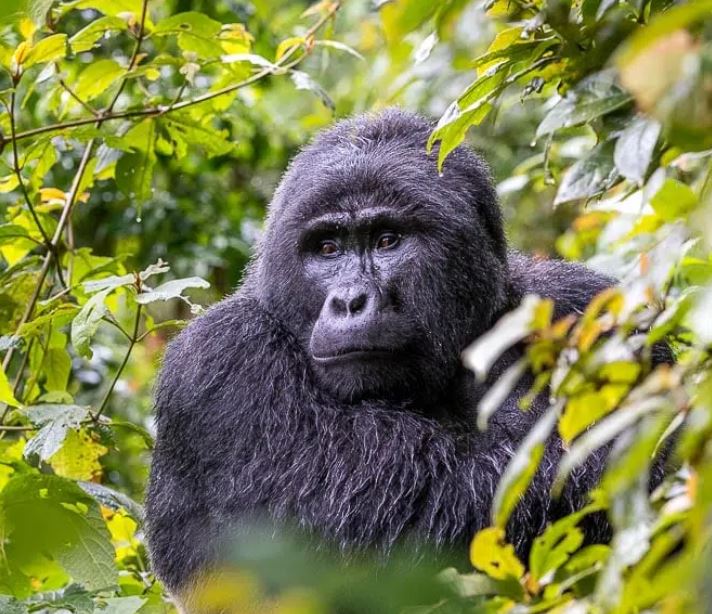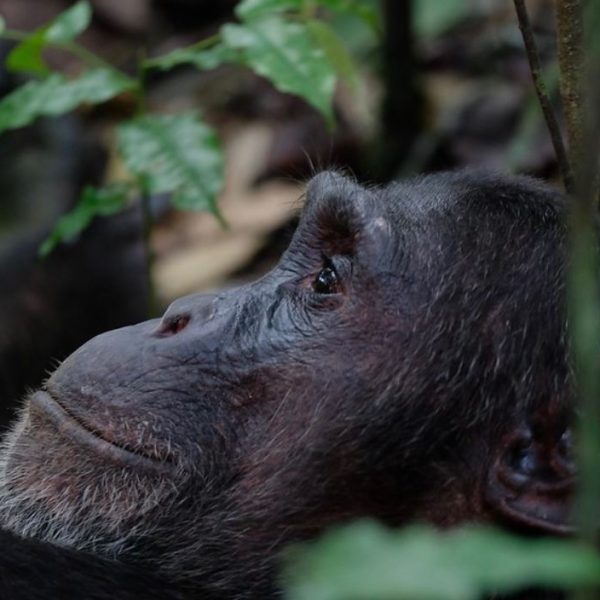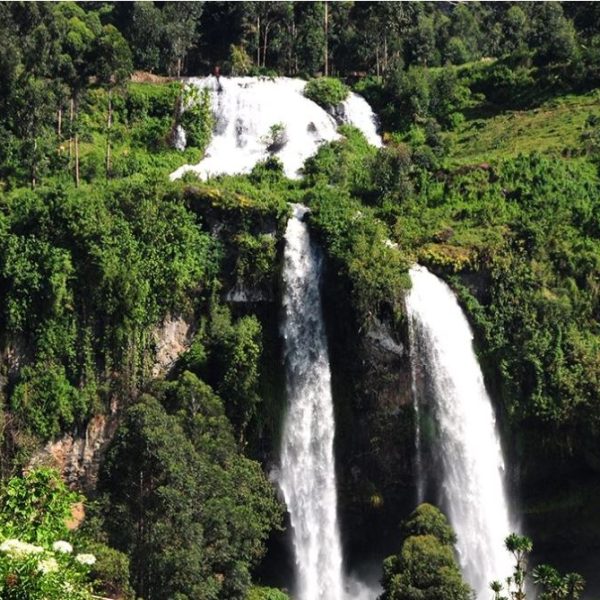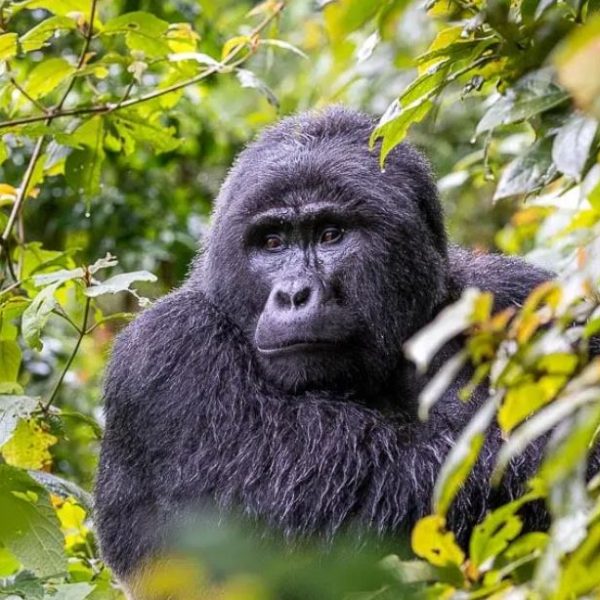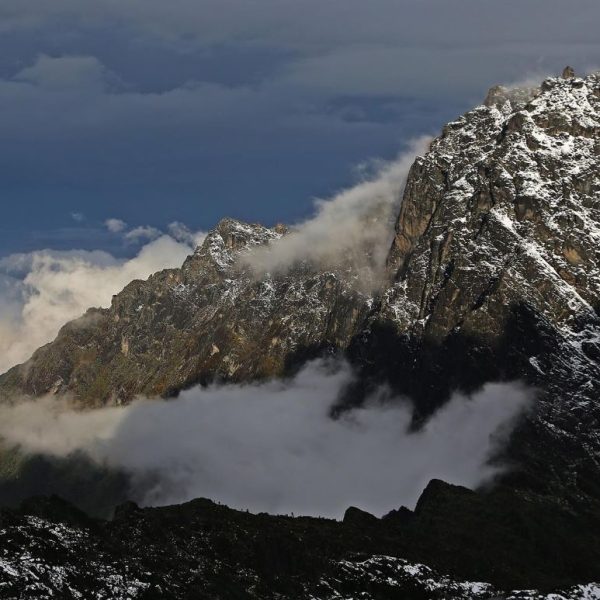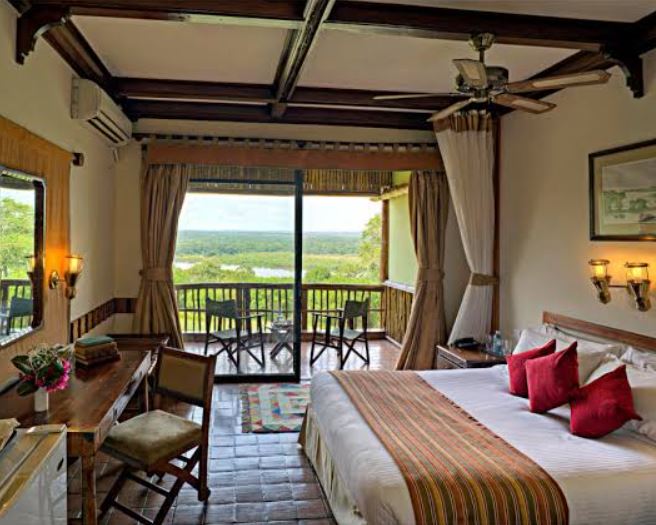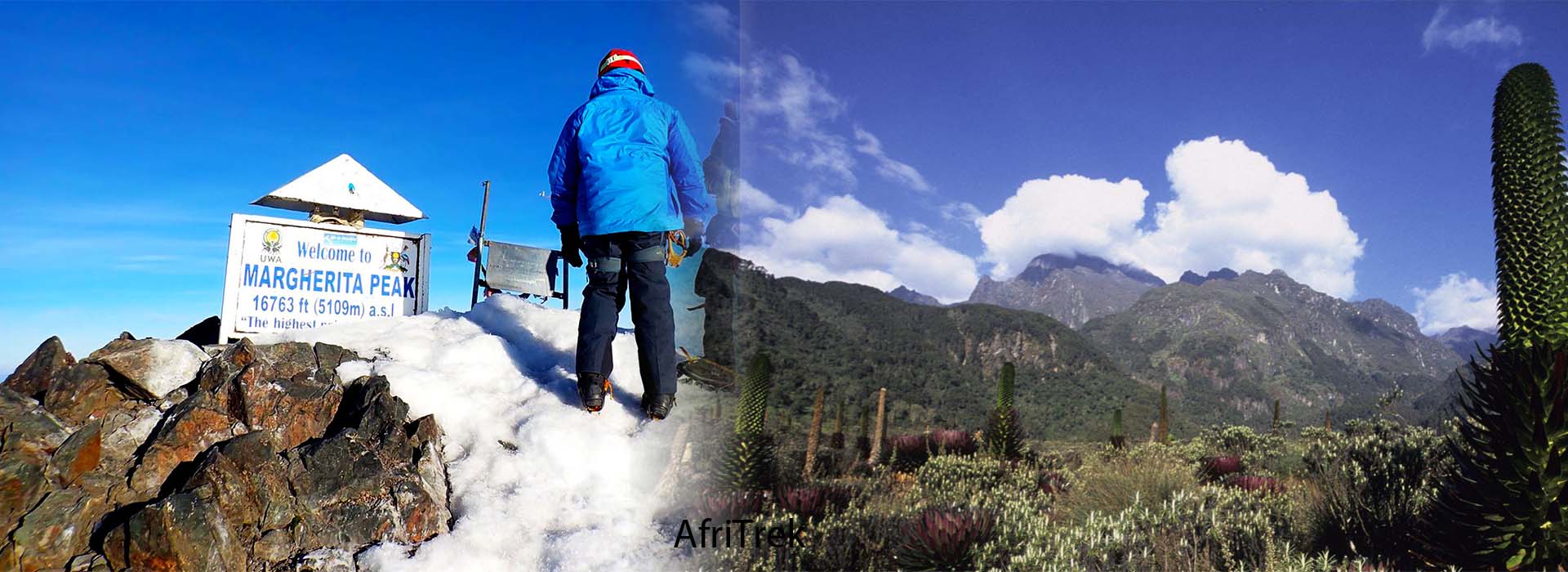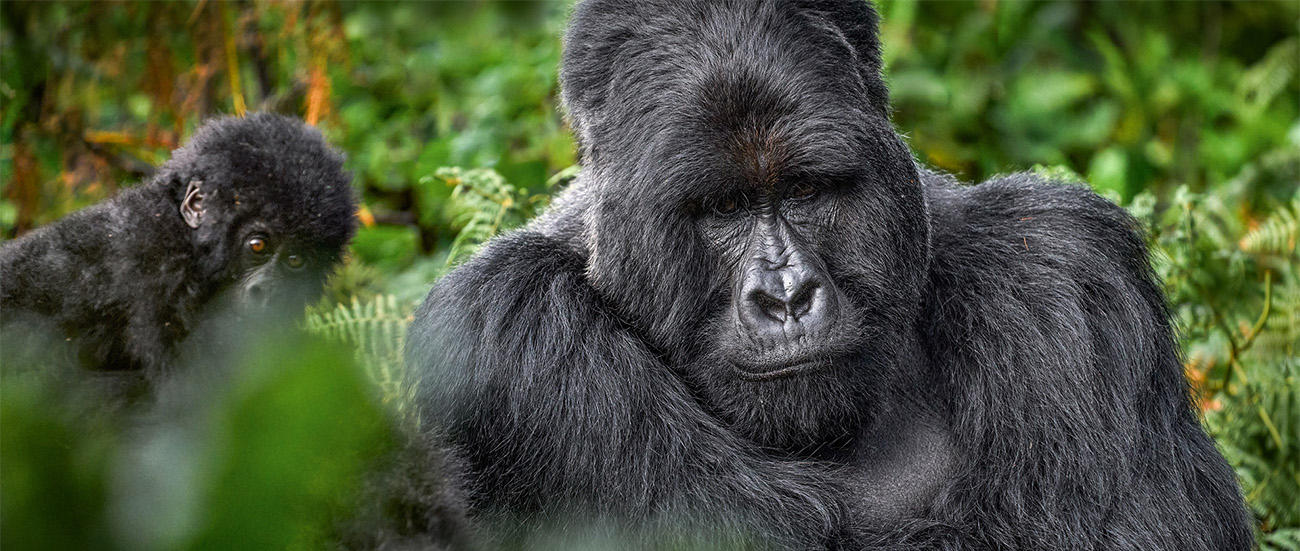So many activities are done on the Nile for instance water rafting, bungee jumping, Kayaking, boat rides as well as fishing. Egypt is acknowledged to be a dry land but it has been able to do its farming on irrigation and the fertile soils that are close to the Nile. The Nile has therefore contributed a lot to the modernization of countries like Uganda and Egypt that rely on it as major source of livelihood through power generation, fishing activities and agricultural development through irrigation and fertile soils of the river banks.
To reach the falls one is able to see a sugarcane plantation and is also exposed to village life with households growing food on small gardens for home consumption. The falls are on Ssezibwa River with a source in the wetlands between Lake Victoria and Lake Kyoga West of Buikwe District. From Buikwe the river flows northwards through Mukono into Lake Kyoga in Kayunga District. The water flows down the steep ridged stones for a height of about 7 meters. The flow of the water down the steep ridged stones results in a magnificent sound of soothing water.
After Sezibwa we continue to Jinja town where we shall have a mouthwatering lunch. After we proceed for a boat cruise to the source of the Nile. Some birds may also be sighted on this cruise to the source of the Nile. On your way to the real source of the Nile, the boat floats through the submerged Ripon Falls. Ripon Falls at the northern end of Lake Victoria in was formerly considered the source of the river Nile. In 1862–3 John Speke was the first European to follow the course of the Nile downstream after discovering the falls that his intuition had marked as the source of River Nile.

